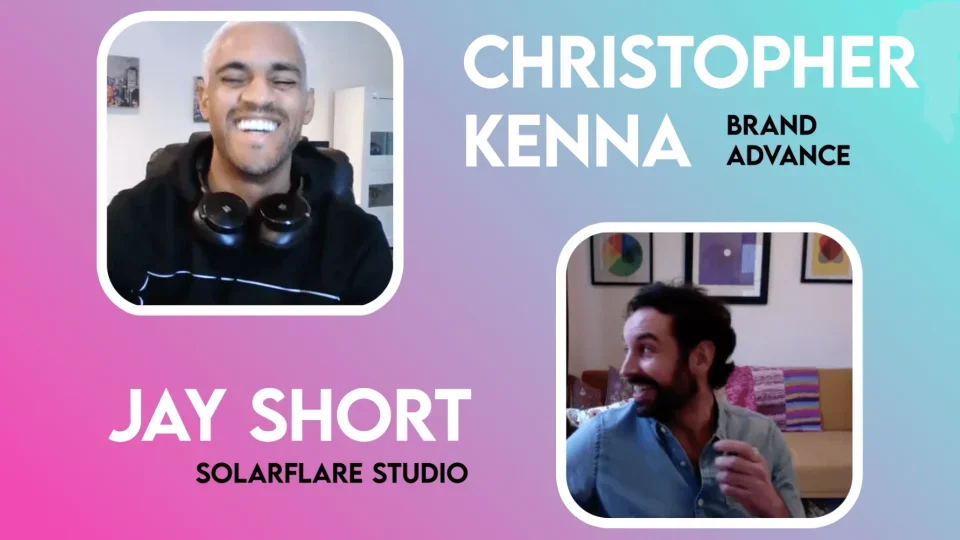“We shouldn’t be having this conversation, not really”
– Chris Kenna,
CEO of the Brand ADvance Group
Why are we having this conversation?
We’re experts in creating meaningful immersive experiences, but we’re not experts in everything. It’s why we’re launching this new series to explore ideas, discuss topics that affect us all, with other industry leaders. In this episode, we wanted to explore diversity and inclusion (D&I) within the technology/media space starting at the basics: What are we not grasping as an industry? What can we do better? How can we begin to approach this?
We can all do better when it comes to D&I, and 2021 is the year to learn, implement tangible actions, and change.
Want to explore the possibilities of new technologies? Get in touch to explore ideas.
Want to explore the possibilities of new technologies? Get in touch to explore ideas.
Who is Chris Kenna?
Chris is the CEO of the ‘Brand Advance Group‘, a diverse media network that offers services to help brands diversify and culturally communicate. He’s someone who’s making organizations think differently by creating meaningful content, he’s also a good friend of ours.
Jay: How does a D&I inclusive agenda help brands?
Chris: Marketing’s ethos is to sell a product or service to as many people as possible, that’s what clients come to us for. It’s the same thing “get our product in front of people and make people want it” nowhere in that brief did they say “just market that to straight white people”. Our job is to remove all barriers, so brands can sell their products to as many people as possible. We don’t sell D&I at Brand Advance, we just sell ‘marketing done properly’, it’s giving brands reach they didn’t have before.
Resources & Tools
Jay: When it comes to hiring processes, it’s still quite a white male privileged industry, how do you overcome this when looking for talent?
Chris: We find people in other industries that have transferable skills and we bring them across. In the last 12 months, we’ve hired over 110 people and because of what we offer in our service we need an authentic offering. We need diverse people sat at the table. Moving people across, training them, funding systemic changes (Brixton Academy) and looking past your six degrees of separation. Where do you normally look? And then look in the opposite places? Is it LinkedIn and a few other places?
Good resources to use to find diverse talent:
Out in Tech, is a slack channel: https://outintech.com/
The Black Network: https://byp-network.com/
Jay: In terms of an access point of view, how do you recommend people begin to approach this?
Chris: This is an awkward conversation, to both of us in different ways. We just have to admit, you’re going to have some awkward conversations, you’re going to have to make an effort. The scales have been tipped in favour of being white & straight, that’s nobody’s fault but that’s just society. We have to admit a one-day unconscious bias isn’t going to change lifelong learning. Even our language is misused, think about ‘black listing’ coming from slavery times and yet we still use this terminology.
The critical part: inclusion
Jay: How do you approach inclusion?
Chris: Diversity is the easy bit, find them, train them, bring them in but inclusion is the difficult bit. Once you have an office with 16 races, with a mix of religions, genders, races that are the big wave where everyone’s going to go through next.
Jay: Of course, when thinking about the workforce we need more segments on the pie – but there are so many things to consider that could impact the way they work. That’s probably a challenge we don’t even consider when hiring, where the infrastructure of the company needs to adapt to ensure that person feels included is super important and something we’ve not thought about.
Jay: There’s a demand coming from consumers, but also a commercial sense to diversify but brands are still getting it wrong, why do you think that is?
Chris: There are 101 reasons why they are, but it’s mostly because they’re not asking enough people from that demographic “Is this right?”, the agency and the client.
Jay: If you have representation at the table, then those mistakes are made less and less.
Chris: We have a rule, the 7/10 rule. It’s really simple, any piece of ‘creative’ before it leaves our offices gets shown to at least 10 people from that demographic. If 7 out of 10 people say it’s ok, we send it and if they say it isn’t, we don’t. I got the idea from World War Z. It’s one of our most used and brought services, anyone can do this. You just need to make friends in different demographics.
We put a lot on the brands, but we provide services to them. We’re an incredible industry that’s creating amazing things but the bread & butter things, silly, simple things are missed. I mean even with this conversation, we shouldn’t be having this conversation. Not really.
Solarflare Studio: We’re continuing to learn how our experiences can be more inclusive and accessible, learning from industry leaders is a crucial part of doing this.
If you’d like to be involved in our next episode get in touch here.
We’re always looking to expand our network of creative collaborators, from technical specialists to people that work in more traditional art forms. LAUNCH exists to blend the barriers between creative practices and new tech. Get in touch to explore ideas.





